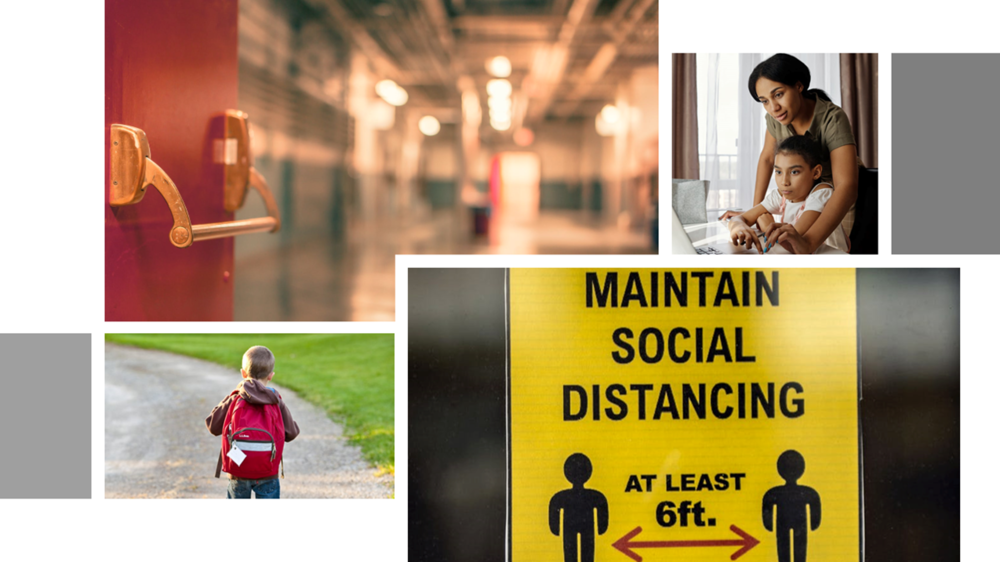By Tom Lenz and Brenda Bannor

Millennia consultants Tom Lenz, and Brenda Bannor have assisted the Partnership for Resilience since its creation five years ago. The Partnership recently released a report called Rebuilding for a New Normal: A Study of the Impact of the COVID-19 Pandemic on Trauma-Responsive Schools and Key Recommendations for Communities. The report paints an unvarnished picture of the huge educational challenges posed by the pandemic – and offers some hopeful ideas of how to use this crisis to prioritize teacher-student relationships, social emotional learning, and family engagement. Highlights of the report are below:
WHO WE TALKED WITH
72 administrators, teachers, support staff and parents in south suburban Cook County, Springfield, and far southern Illinois. 15 national experts in the fields of social emotional learning (SEL) and trauma responsive schools.
WHAT WE LEARNED ABOUT THE IMPACTS OF THE PANDEMIC
Families and educators experienced emotional distress, financial instability, and threats to basic needs. Most harbor fears about what lies ahead in the new school year.
Virtual learning provided more challenges than successes including widespread connectivity and access to technology issues; limited communication between teachers, students, and parents; and confusion over grading.
Educators and administrators had little time to recover from the tumultuous spring and are at risk for burnout in the new school year.
RECOMMENDATIONS FOR MOVING FORWARD
1. Wrap “safety and care” around students and adults through expanded attention to social and emotional needs of students, parents, teachers, support staff and administrators.
2. For the 2020-21 school year focus on social emotional learning, universal behavioral supports, restorative practices, cultural relevance, and relationship building.
3. Help teachers reach their students through training on pedagogies and curriculum that align with virtual or social distanced settings. This could include inquiry-based learning, community service-based learning, or flipped classroom models.4. Seize new opportunities to prioritize teacher-student connection/relationships, social-emotional learning, and family engagement.
